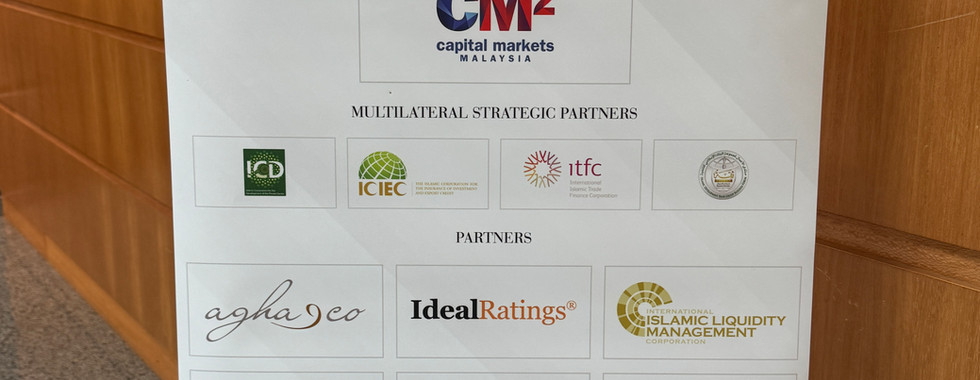🌍"Islamic Finance at a Crossroads"🌍
- AMCC MY

- Sep 26
- 1 min read
Islamic banking carries the weight of credibility, Sharia compliance, and a value-driven ethos. Yet, with rapid convergence toward conventional finance, there is a real risk of losing the very principles that make it unique.
🔑 Key insights from the current landscape:
Malaysia leads the region with >40% market share, product innovation, and tax incentives, while Indonesia, Philippines, and Thailand are still catching up.
Global Islamic finance assets remain only ~1–4% of total financial assets—clear room for exponential growth.
Sukuk and Islamic equities have historically delivered resilient returns, particularly in downturns (2008, COVID-19).
ESG and Islamic finance are a natural fit—yet the marketing remains too apologetic instead of value-driven.
Retail sukuk, digital tokenization, and next-gen products like VC-style Islamic funds are underdeveloped but full of potential.
⚖️ Challenges ahead:
Divergent national standards hinder cross-border harmonization.
Retail access remains limited due to high entry thresholds.
Investor education is critical before large-scale digitization.
🚀 Priorities for the future:
1️⃣ Align national Sharia standards while respecting diversity.
2️⃣ Launch coordinated campaigns that highlight ESG and impact.
3️⃣ Develop venture capital-style Islamic funds with uncapped upside.
4️⃣ Redesign retail sukuk for accessibility and transparency.
5️⃣ Accelerate digital adoption with sandboxes and strong investor education.
💡 The path forward? Islamic finance must transcend its “alternative” label and establish itself as a mainstream, global, and value-driven financial system—serving next-generation investors who seek diversity, transparency, and long-term impact.
"Islamic Finance at a Crossroads"




















Comments